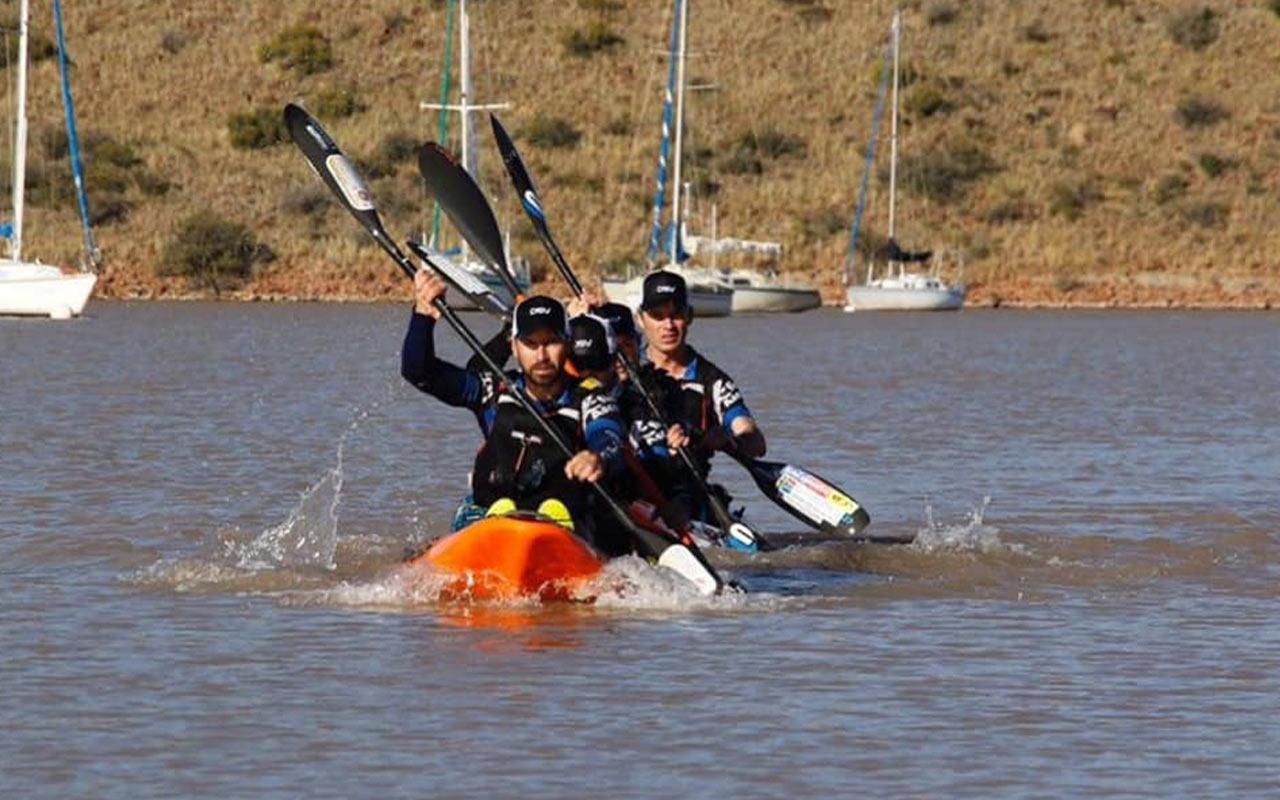Clinton Mackintosh is no stranger to extreme conditions. From adventure racing in Patagonia, to freezing early morning canal swims. As captain of Team Cyanosis, he’s quite possibly the closest to Bear Grylls you’ll get this side of the equator.
With more than 150 adventure races under his belt in the First Ascent Polypropylene baselayer range, he’s well versed in the art of performing under pressure. We chatted to him around his thoughts on the range and how it performs during extreme conditions. Read his first hand review below:
Primary Function:
I always refer to the primary function of baselayers – to act as a next-to-skin layer to literally cover your base. It’s essential that your baselayer is tight-fitting and really hugs your body. Anything looser than a next-to-skin garment is not going to fulfill the primary function of that garment, especially if we’re talking baselayers. The Polypropylene range does not disappoint with its snug performance fit. The last thing you want to be worried about during a race is whether the baselayer shifts and causes discomfort. The Polypropylene range stays put no matter what. It’s definitely worth mentioning that I’ve never experienced chafe from this baselayer range, which is invaluable for the type of adventure racing that I do. Comfort is a relative term in the world of endurance sports, but this range offers real comfort.

Durability:
The Polypropylene range really overshoots in this regard. The durability of the fabric is truly incredible. I haven’t had to replace my original set of Polyprop baselayers and I’ve done more adventure races in them than I can mention in one sitting. Probably the most amazing aspect of the performance fabric is its ability to retain its shape and not stretch beyond its capabilities. From paddling virtually all through the night in cold and wet conditions, to shifting straight into the next gear and hopping on the bike and pedalling for hours on end through tricky terrain, this range morphs back to its original state once dry. That kind of flexibility is exactly what is needed for multi-day expeditions where a quick rinse between uses is all you can afford.
Breathability:
Breathability is key for any baselayer garment, but the balance between fabric that allows you to breathe, and fabric that helps your body retain its heat is always tricky. The Polypropylene range once again delivers in this regard. I’ve worn them during all-night paddles and freezing water swims, and they haven’t let me down and have kept me warm when needed. There have been times when I’ve used the Polypropylene baselayer long sleeve top as my only layer while racing, and even when used on its own, the insulation is great to ensure I’m warm enough to perform at my best, yet breathable enough so I don’t overheat. In 2012, I embarked on a non-stop 7.5 day adventure expedition in Patagonia where I was confronted with snow, blizzards and basically everything in between, the Polypropylene baselayer range brought it’s A-game and supported me through the entire adventure and retained the necessary heat for my body to stay warm.
Design:
I’ve naturally always been a fan of exceptional design when it comes to performance garments. The way the panels of the Polypropylene baselayer range have been designed is a testament to the performance tested ethos of First Ascent. The stitching and panelling takes things like backpack positioning into consideration, which has been a massive help during races where carrying a 5-12kg backpack can quickly turn into a painful affair in terms of chafing. It’s the smaller details that mean the difference between a world of unnecessary pain, and a joyous finish with minimal complaints.
Have any unanswered questions around baselayers? Read our comprehensive baselayer breakdown now.
First Ascent followers can catch Team Cyanosis performance testing First Ascent Gear on Amazon Prime Video’s new 10 episode series hosted by Bear Grylls and Mark Burnett’s- Eco Challenge Fiji “The Worlds Toughest Race”, out soon.
